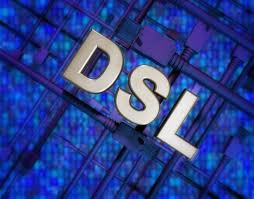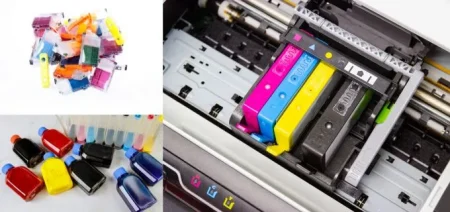
What is ADSL?
Asymmetric digital subscriber line is an emerging technology and use to put more data on the existing copper telephone line. ADSL requires special ADSL modem and it is popular DSL solution all over the world.
It is called asymmetric digital subscriber line because it uses the same bandwidth for upload and download-link. It uses frequency division multiplexing to ordinary telephone.
Why ADSL?
Traditional telephone lines system using a low-frequency part copper (4 kHz less bands). The ADSL uses DMT (Discrete Multi-Tone) technology, the original telephone line road 40 kHz to 1.1MHz band is divided into 256 sub-band bandwidth 4.3125 kHz. Which, 4khz the following bands are still used to send POTS (traditional telephone service), 20KhZ to 138KhZ frequency band used to transmit uplink signals, 138KhZ to 1.1MHZ frequency band used to transmit downlink signals . DMT technology according to the line on each channel to adjust the number of bits modulated in order to fully utilize the line. ADSL can achieve uplink 640kbps, downstream of 8Mbps data transfer rate.
ADSL support the data rates from 1.5Mbs to 9Mbs and have upstream at 16k to 640k
Features and advantages of ADSL:
- A telephone line at the same time can make calls and for data transmission (internet), both independently of each other.
- Cost Effective: Although the use of or the original telephone line , ADSL transmitted data does not pass through telephone switches , so do not need to pay extra adsl internet telephone charges,
- The data transfer rate is automatically adjusted according to the line situation, it is a “best effort” for data transmission.













